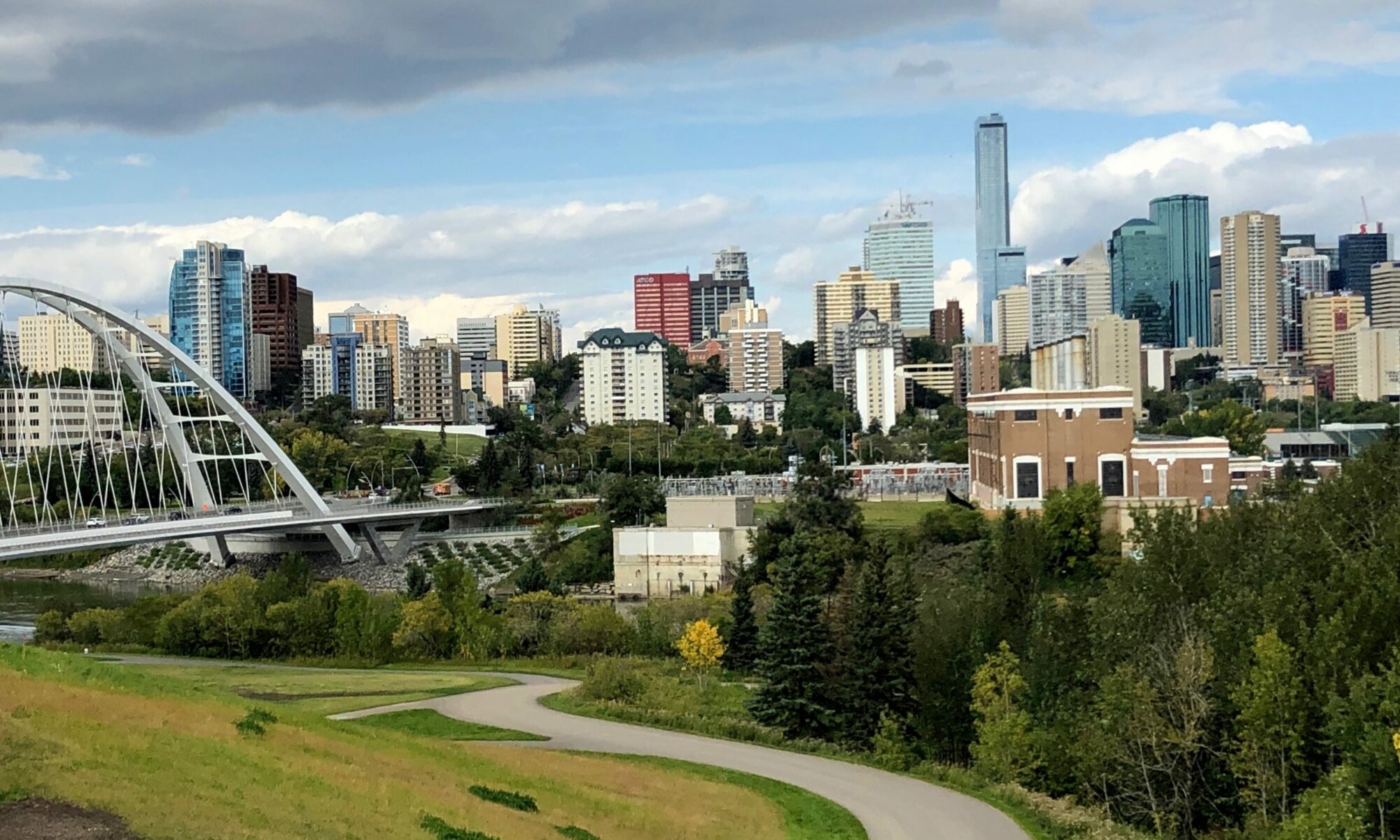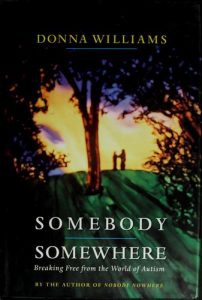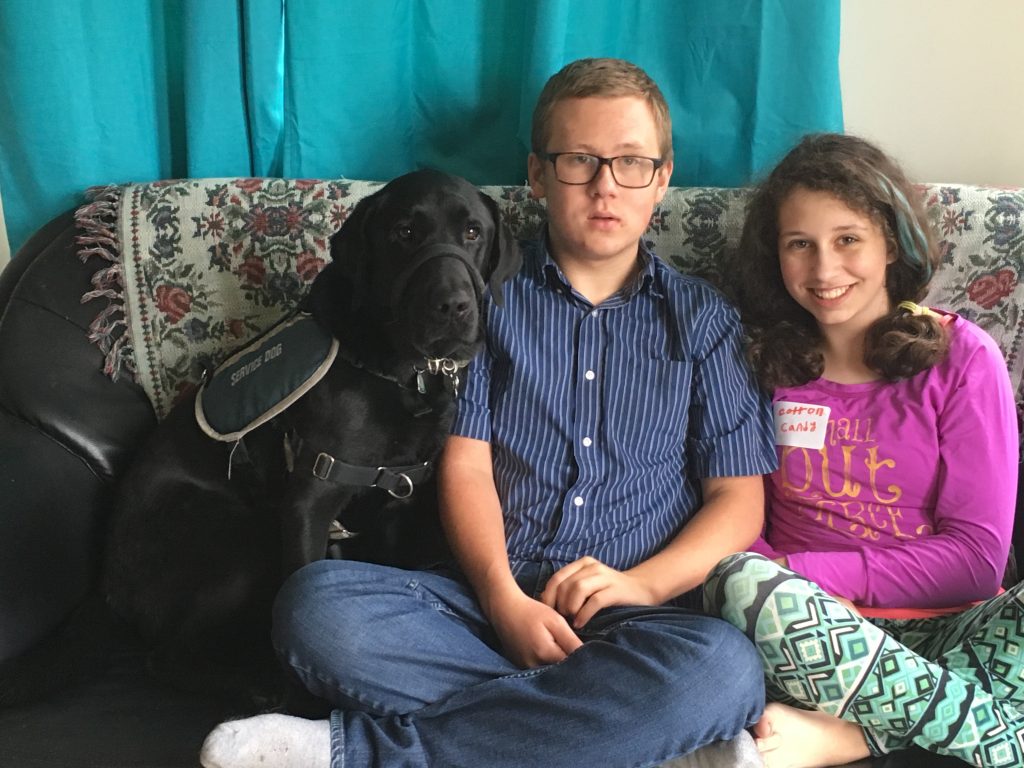By Brian J. Kiely September, 2020
In these polarized times in North America each new dramatic headline tends to inspire the rush to judgement. A single quote, a short video, even a lone photograph ignites outrage. Of course, one item will fire up the right while something quite different will light up the left. And along the way those in the centre will be pulled in both directions. No sooner is a volatile Tweet released into netspace than it is flashed around the world as undeniable Truth. Disparate communities looking to bolster already fixed beliefs grab at the story or the image and fly it like a battle flag crying, “You see! YOU SEE!” and claim the certainty of their rightness. Actions, sadly come before questions, certainty before fully factual accounts. The unnoticed casualty in this rush to judgement is democratic discourse.
Even in news media, it is increasingly rare to see an outlet holding a story while awaiting confirmation. Instead they couch their coverage with phrases like “alleged” and “unconfirmed reports”. The importance of being first with breaking news has long usurped the importance of getting the story right.
And so the rush to judgement is allowed and even encouraged.
No wonder foreign governments are finding it so easy to interfere with elections. A little misinformation goes a long way.
Deliberate disinformation and conspiracy theorizing is a critical concern, but not my topic. I am more troubled by people from farthest left to farthest right who are willing to abandon critical thinking and rationalism. We have entered a new era of propaganda where the goal is not to inform but to enrage. Influential individuals take that Tweet or image or video and spin out a full narrative. Instead of seeking facts, they embrace the initial clip and begin to promote stories which may or may not be true.
Take two recent events, both from Kenosha, Wisconsin. The first is the shooting of Jacob Blake, a Black man. There’s a good chance you saw the video, the man walking purposefully, even forcefully away from police officers who want him to stay. He opens his car door and leans in. The White officer behind him shoots him in the back. Seven times. Pretty horrifying.
The family is soon in front of microphones, with their lawyer. Mr. Blake was intervening in a domestic dispute. Mr. Blake had his children in the car and simply wanted to return to them. He was shot because he was Black.
Much of the world is repulsed. Protests and street violence break out in Kenosha.
But then a replacement narrative emerges coming, unofficially, one suspects, from ‘authorities’. Mr. Blake was not supposed to be there. Word of a restraining order emerged. Police tried to subdue him for reasons as yet unknown, but could not. Police tased him to no effect. Someone says he had a knife, or claimed to have a knife, or maybe he was reaching for a knife, for a knife was found on the floor of the car.
The President is now engaged, threatening federal intervention and insisting on going to the protest areas to show his support for law and order. By and large he avoids the Black community preferring the company of the business owners harmed in the mayhem and the police.
People on both sides rush to judgement.
Then, on one of the nights of protest/violence, a 17 year old from out of state is seen walking down the streets of Kenosha sporting a semiautomatic rifle (illegally). Reports say he was claiming to be there in support of the police. He is challenged. The narrative (and a video) says someone rushed him trying to take away the gun. The Boy runs and stumbles. Two others joined in and shots were fired. Two men are dead from the boy’s gun, a third injured. Alone now, the boy walks down the street towards police, hands up, gun dangling from a strap. He is allowed to walk away. He goes home to Antioch, Illinois where he turns himself in. Police say later that they did nothing wrong in allowing him to go.
So what are the competing Kenosha narratives?
1. Another unarmed Black man trying to help a friend in trouble is gunned down by racist cops for the crime of being Black.
2. A man with a knife refuses to back down and is gunned down by an officer acting in self defence. The President allows that it might be that the officer made a bad decision or ‘choked’.
3. A young law and order advocate comes to help police (perhaps misguidedly) and is forced to defend his life threatened by rampaging protesters out to harm him.
4. A right wing Trump lover comes planning to shoot down some Antifa freaks.
To be clear, I am horrified by both incidents no matter which account is accurate. None of these deaths should have happened. There has to be better ways to resolve disputes. After all, I am a Canadian. Like many if not most of my fellow nationals, I seldom see guns as the solution to social unrest.
I have no idea which of these narratives, or combination of narratives is accurate. Very few people, if any, do as yet. But that has not stopped the incitement on both sides. There has been anger, and escalation everywhere, with people acting without investigation or reflection. They tend to choose the story that supports their own preconceived view. Meanwhile, people are dead or injured; other kinds of violence have no doubt occurred, not just in Kenosha, but in other cities as well, all because of the rush to judgement.
Of course, anger, fear and a historical perspective about the targeting of Black men help stir emotions, but let us remember, even the family of Mr. Blake counselled restraint and only peaceful protest.
Kenosha is just one example. But look elsewhere, almost anywhere…Covid 19 conspiracies, Trudeau and the WE charity, Jason Kenney’s government and the ‘rush’ to open schools and pretty much any story related to the current American president. The same mad dash to judge without knowledge is becoming a defining characteristic of this age.
It is an instant age when people find instant rage. The truth doesn’t matter as much as the cause, especially if we have to wait for the full story.
But the truth…or at least a complete investigation and discussion of events… does matter. When an unsubstantiated Tweet becomes Truth then we are at risk for shallow policy decisions, or perhaps shallow explanations of complex policy issues. Rational thought and sound democratic debate gives way to reactive sound bytes. Rather than being encouraged to become engaged in constructive thoughtful discussion, the populace is directed by and towards angry rhetoric and slanted or dishonest social media claims. The goal is to generate simplistic answers to very complex problems and interdependent issues. Truth is not necessary when a good lie is more persuasive.
The rush to judgement reduces every issue to a predetermined and polarized position. This offends the very concept of democratic debate.



